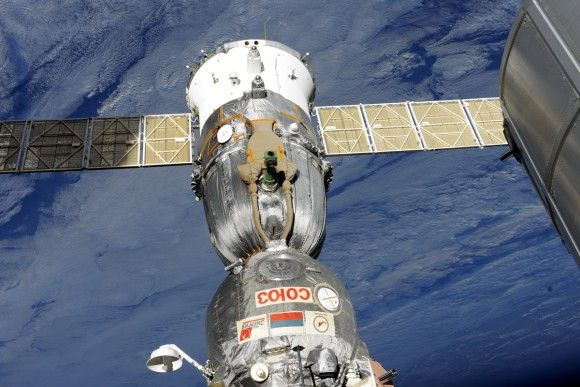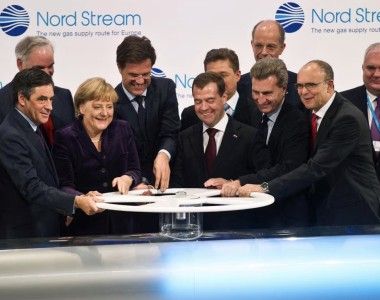Lithuania Selects the NASAMS Air Defence System?
Lithuanian Ministry of Defence announced that a decision has been made to initiate negotiations pertaining to a potential acquisition of a medium range NASAMS air defence system (Norwegian Advanced Surface to Air Missile System). The above SAM system is being offered within the scope of the Polish Narew programme, by the Kongsberg company.
Lithuanian Ministry of Defence announced, in an official release, that a decision has been made to begin negotiations with the Norwegian government, pertaining to potential acquisition of the NASAMS air defence system. So far, we do not know how the decision has been made by the Lithuanian government, when it comes to the talks about the deliveries of the Kongsberg-manufactured anti-aircraft systems, which are being produced in collaboration with the US-based Raytheon company. Certainly, this did not happen within the scope of a tender. Most plausibly the above situation is a result of solely an analysis of the data available, related to the SAM systems available on the market.
The information related to the decision, concerning the NASAMS procurement negotiations undertaken by Lithuania, has been released at the same time as the signing of a cooperation memorandum by Kongsberg and PGZ, within the framework of the Polish Narew programme. Kongsberg offers the NASAMS system, within the scope of the procurement mentioned above.
In December last year, news was released, suggesting that the Lithuanian authorities are willing to begin talks, concerning the potential acquisition of the NASAMS system this year. It was noted that this type of SAM suites shall be able to act against targets at distances of up to 40 kilometres. Vilnius, currently, has no short or medium range SAMs at its disposal, similarly to the other Baltic States. The whole air defence system of Lithuania is formed by VSHORAD suites, including Stinger, RBS 70 or the Polish Grom MANPADS, acquired back in 2014. This package, nonetheless, seems to be very insufficient. Plans to acquire similar air defence systems had also been mentioned earlier, e.g. in Estonia.
In May 2015, Ministers of Defence of the Baltic States have signed a joint memorandum of understanding, pertaining to a joint analysis which would cover the acquisition of a common “medium range” anti-aircraft system. Lithuania, Latvia and Estonia altogether increase the defence expenditure, following the Ukrainian crisis. In case of Lithuania, defence expenditure constitutes an amount equivalent to more than 1.4% of GDP this year. Back in 2013, corresponding indicator was defined by a value below 1%. Vilnius plans to achieve the level of 2% of GDP by 2018, with 1.7% of GDP expenditure to be reached next year.




